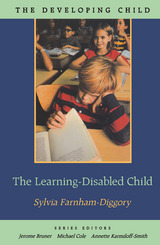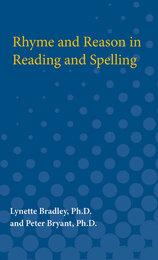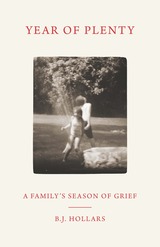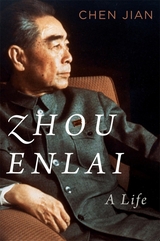
This book weighs alternative conceptions of the equal opportunity principle through an empirical and ethical exploration of the Federal law that directs local school districts to award special educational opportunities to students who are classified as learning disabled (LD). Mark Kelman and Gillian Lester consider the degree to which students with learning disabilities (rather than merely slow learners, the socially disadvantaged, or even the gifted) are entitled to benefits that might well prove advantageous to their classmates, such as extra time to complete an exam or expensive, individually tailored educational programs.
They examine the vexing question of how we should distribute extra educational funds: should we give them to those who have fewer material resources to begin with, to those who might benefit more than others from extra resources, or should we simply strive to create greater equality of outcome? The book exposes a growing conflict between those who want to distribute scarce resources on an individual basis to children who are in need whatever the reason, and those who seek to eliminate group inequalities.

Who is the learning-disabled child? As theories multiply and research accumulates, this pressing question persists, leaving parents and educators and, particularly, students at a loss. The Learning-Disabled Child does much toward providing an answer. A broad-based account of what is currently known and done about learning disabilities, the book gets at the roots of this perplexing problem—in the law, in the school system, and in the child—and offers a new outlook for its treatment.
Since the 1970s, millions of children have been misclassified by public schools as learning-disabled, while many others with true learning disabilities go unidentified and unhelped, as case material presented here makes poignantly clear. Over the same period, research on the nature of learning disabilities, based on samples of misclassified children, has yielded a cloudy and confusing picture. Drawing on her own background in cognitive, developmental, and abnormal psychology, as well as her research into reading and dyslexia, Sylvia Farnham-Diggory cuts through the confusion surrounding learning disabilities. She describes advanced research and clinical data that elucidate handicaps in reading, writing, spelling, drawing, calculation, remembering, and problem-solving. In addition, she outlines a straightforward assessment procedure that would reduce the misclassification of learning-disabled children and, if adopted by schools and private diagnostic services, would save the nation billions of misspent dollars.
Prescriptive as well as descriptive, The Learning-Disabled Child offers invaluable advice to parents seeking the best methods of diagnostic evaluation, and to teachers in search of the most effective means of helping these children. Far-reaching in its scope and firmly practical in its orientation, the book will prove instrumental in the identification, understanding, and treatment of learning disabilities.

READERS
Browse our collection.
PUBLISHERS
See BiblioVault's publisher services.
STUDENT SERVICES
Files for college accessibility offices.
UChicago Accessibility Resources
home | accessibility | search | about | contact us
BiblioVault ® 2001 - 2024
The University of Chicago Press









